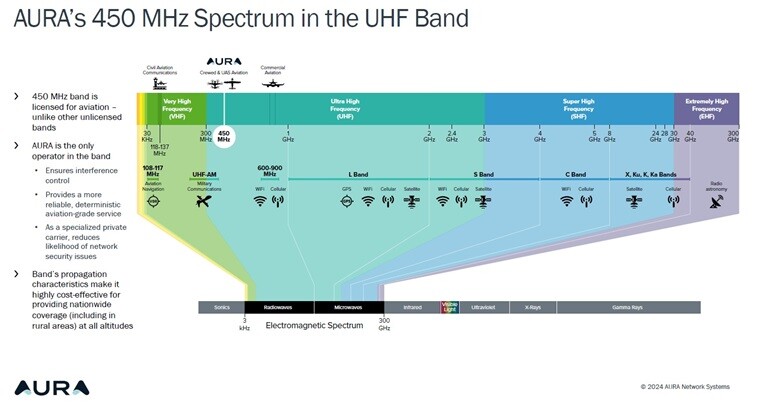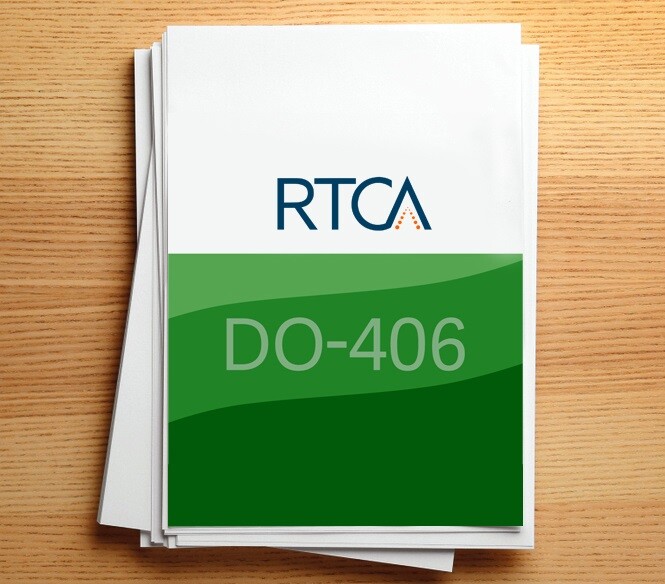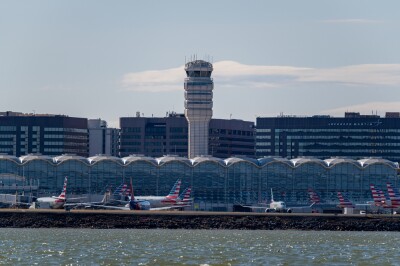During the most recent edition of Commercial UAV Expo, we heard more than one officer from the Federal Aviation Administration (FAA) express their confidence that we will have a notice of proposed rulemaking (NPRM) for Part 108, a regulation that would permit uncrewed aircraft flights beyond the visual line of sight (BVLOS) of the operator, before the end of the year. This new way of flying in the National Airspace (NAS) for uncrewed aviation will eventually pave the way for full and safe integration of traditional and non-traditional aviation.
Unfortunately, this federal optimism translates into a very simple timeline. The earliest we can expect an actual regulation is Q1 2026, and that is if, and only if, all the conditions are met to convince these officers that the technology is ready to join its crewed counterparts in the safest skies on Earth.
One of the technical obstacles to overcome in order to have a viable path to safe BVLOS operations is communications and the necessary redundancy and reliability to ensure that the uncrewed aircraft at all times maintains contact with the operator.
This week, AURA Network Systems announced the publication of RTCA DO-406, a new document outlining the Minimum Operational Performance Standards (MOPS) for UHF airborne radio systems supporting Unmanned Aircraft Systems (UAS) Command and Control (C2) Link Systems. The document was developed with the leadership of AURA’s technical experts working with the RTCA Special Committee (SC-228), which is responsible for developing standards to support large UAS operations. The publication of standards for a dedicated UHF C2 Link System marks a significant advancement in aviation communications.

We had the opportunity to connect with our friend, Bill Tolpegin, CEO of AURA, who gave us exclusive insights into why this publication is so important in enabling BVLOS flights for uncrewed aviation.
“AURA is thrilled to see the publication of RTCA DO-406, which represents a major advancement in ensuring the safety and reliability of UAS operations within the National Airspace System,” said Bill excitedly. “This document lays a crucial foundation for the industry, guiding the development of UHF radio systems that are critical for the future of advanced aviation.”
When asked about the difference between the standards before and after the publication of RTC DO-406, Bill was adamant that the difference is night and day.
“The big difference before and after RTCA DO-406 is that now manufacturers and operators of radio communications have a clear blueprint to design and produce aviation-compliant radio equipment that fully meets the requirements that are laid out by the RTCA,” Bill said. “This document showcases our capability, but it also underscores the importance of utilizing spectrum like ours that is designated by regulators to be used for aviation. The UAS ecosystem now has a faster path forward to better and more reliable communications for non-traditional aviation.”
The publication of this important document is the result of a multi-year process of collaboration between AURA and the RTCA. For a few years now, the company has been a member of the RTCA SC-228 Committee, and their concerted efforts pave the way for operational use of the AURA network and support the safety, security, and reliability of C2 links. In the fall of 2021, RTCA’s Program Management Committee (PMC) approved AURA’s request to create new MOPS for UHF C2 links for avionics utilizing the company’s 450 MHz spectrum. The approval followed the FCC’s authorization in early 2021 for AURA’s use of the frequencies for UAS C2 applications.
 “Our team’s dedication to advancing aviation technology and assisting operators in obtaining regulatory compliance is reflected in this achievement,” said Bill. “We remain committed to supporting the safe integration of UAS into the NAS and look forward to collaborating with industry-leading avionics manufacturers to develop ground and airborne radio systems that transmit voice and data over our commercial network.”
“Our team’s dedication to advancing aviation technology and assisting operators in obtaining regulatory compliance is reflected in this achievement,” said Bill. “We remain committed to supporting the safe integration of UAS into the NAS and look forward to collaborating with industry-leading avionics manufacturers to develop ground and airborne radio systems that transmit voice and data over our commercial network.”
Traditionally, radio communications in aviation have been used to transmit voice commands, but in the case of uncrewed aviation, including small drones and eventually Advanced Air Mobility (AAM) this technology will be used to control remote flights through the issuing of digital commands that will guide the path, altitude and speed instantly, adding a layer of safety to the mission.
For years, traditional aviation has had access to Controller Pilot Data Link Communications (CPDLC), which is a system that allows pilots and air traffic controllers (ATC) to communicate using messages instead of traditional voice communication. Even though CPDLC has been a key component of the Future Air Navigation System (FANS) for over a decade, it has never been widely used except for transatlantic crossings and areas in which relying on voice commands is not recommended.
“When we looked at the issue of affordability, we knew that the new standards had to allow for both voice and data solutions that are economical, and we are convinced that utilizing the right frequencies is super important,” Bill stated. “Using low-band 450 MHz spectrum is really our secret sauce because it provides coverage and capacity over wide areas for the lowest possible cost and will ultimately help facilitate the safe integration of crewed and uncrewed aviation in the future.”
We hope that these new standards really make a difference and do not suffer the fate of CPDLC, as we move forward with the full integration of crewed and uncrewed aviation in the NAS.















Comments